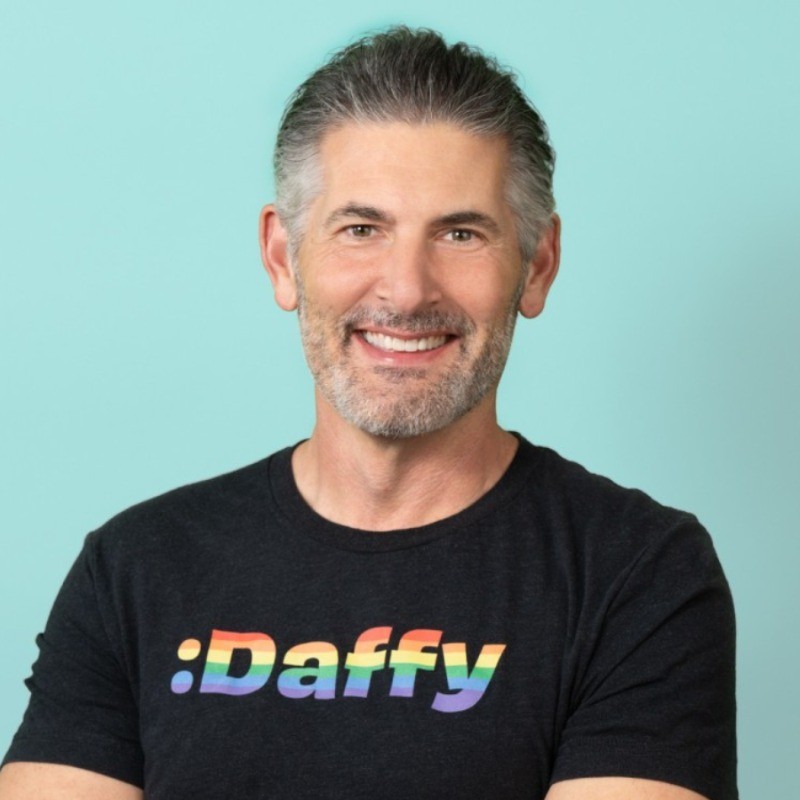Graphing Social Patterns East: The NEED for FEEDS Panel
As mentioned last week here on the LinkedIn blog, I had the privilege to deliver a keynote at this year's O'Reilly Graphing Social Patterns 2008 conference in Washington, DC. LinkedIn was one of the featured keynotes, and it was great to have a chance to present our philosophy & vision at the event. Here is my LinkedIn blog post from last week, where I review the Keynote and the slides presented.
I wanted to take a moment to follow-up with a second post on the conference, specifically about the NEED for FEEDS panel that I participated in Tuesday afternoon. The other panelists included:
- Sean Ammirati (mSpoke, ReadWriteWeb) - Moderator
- Chris Messina (Vidoop)
- Kevin Chou (WaterCooler)
- David Recordon (Six Apart)
- Dave Morin (Facebook)
It's normally hard to have a great panel late in the afternoon - people are starting to wear down from waking up early, and sitting a few hundred people in a dark room is not a great way to generate high energy. This panel, however, was extremely high energy (we even tried to get a Web 2.0 buzzword bingo game going) and ready to engage passionately on the topic.
The balance of the panel was good too - Kevin represented 3rd party application developers well, David & Chris did a great job advocating for open, user-controlled integration, and Dave & I representing the platforms.
I won't try to cover all the questions or topics from the panel, but there were two points that I made at the panel that I think are worth sharing broadly:
1) Network Feeds are the interesting information problem for this generation of the web.
It's quickly forgotten, but it wasn't too long ago that the question of how to present the best 10 search results to a natural search query was a hotly contested product space. When Google, Yahoo, or Microsoft get a query of just a few keywords, they have to decide in an instant which 10 pages out of millions to show you. Similarly, Amazon has to decide, out of millions of products, which 3 to merchandise to you at any given time.
The question of how to filter and present information and micro-events from your network to you in a digestible form is an extremely difficult and important question, and one of the most exciting things going on right now is the experimentation with different approaches to providing the right events to people at the right time in the right context.
2) How do you define success for Network Feeds?
What makes this challenge particularly difficult is that unlike search or merchandising, it's unclear in this context what the right "success" events are to measure. With search, it's clicks. With e-commerce, it's purchases. What should we measure with feeds, where sometimes the value is received just by reading the message? Is it a click? A hover? A rating? Dave Morin talked about optimizing for user engagement, but I think we're all still experimenting with the best ways to measure success for feeds.
At LinkedIn, we place an extreme emphasis on business relevance in every application we develop. Nowhere is this more important than in Network Updates, where people count on getting useful updates on activity in their professional network. As the number of activities and users on LinkedIn grows, we continue to investigate and experiment with ways to optimize the feeds we provide our users. We have some of our best product, design and engineering talents on this exact problem.
With those two points made, I just want to say thank you to Dave McClure and the rest of the panelists for the great event. I'm looking forward to the next one already.
* By the way, as a lesser known LinkedIn tip, you can click the RSS button next to "Network Updates" on the homepage, and take your Network Events stream with you to any RSS reader. Chris' post shows you how.


